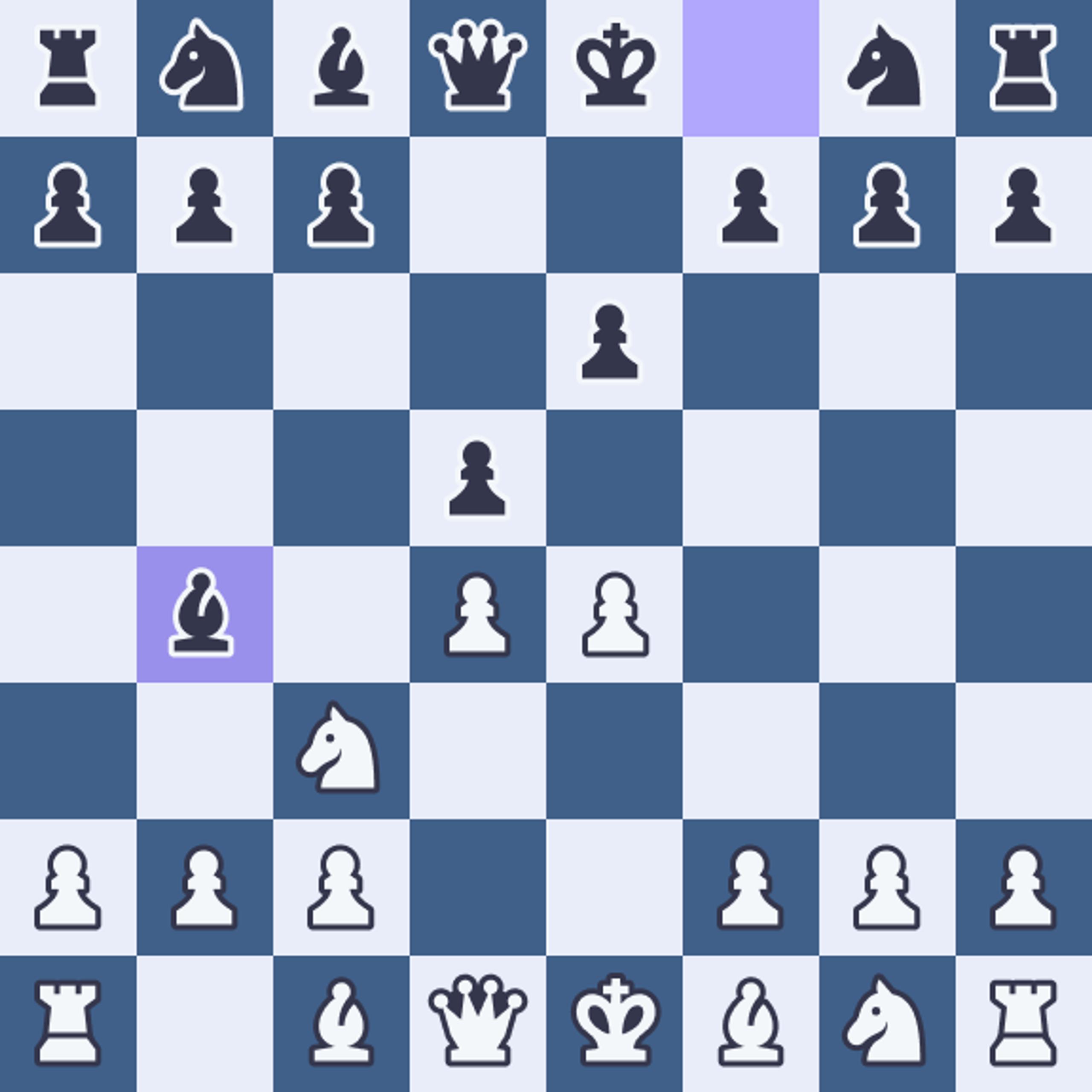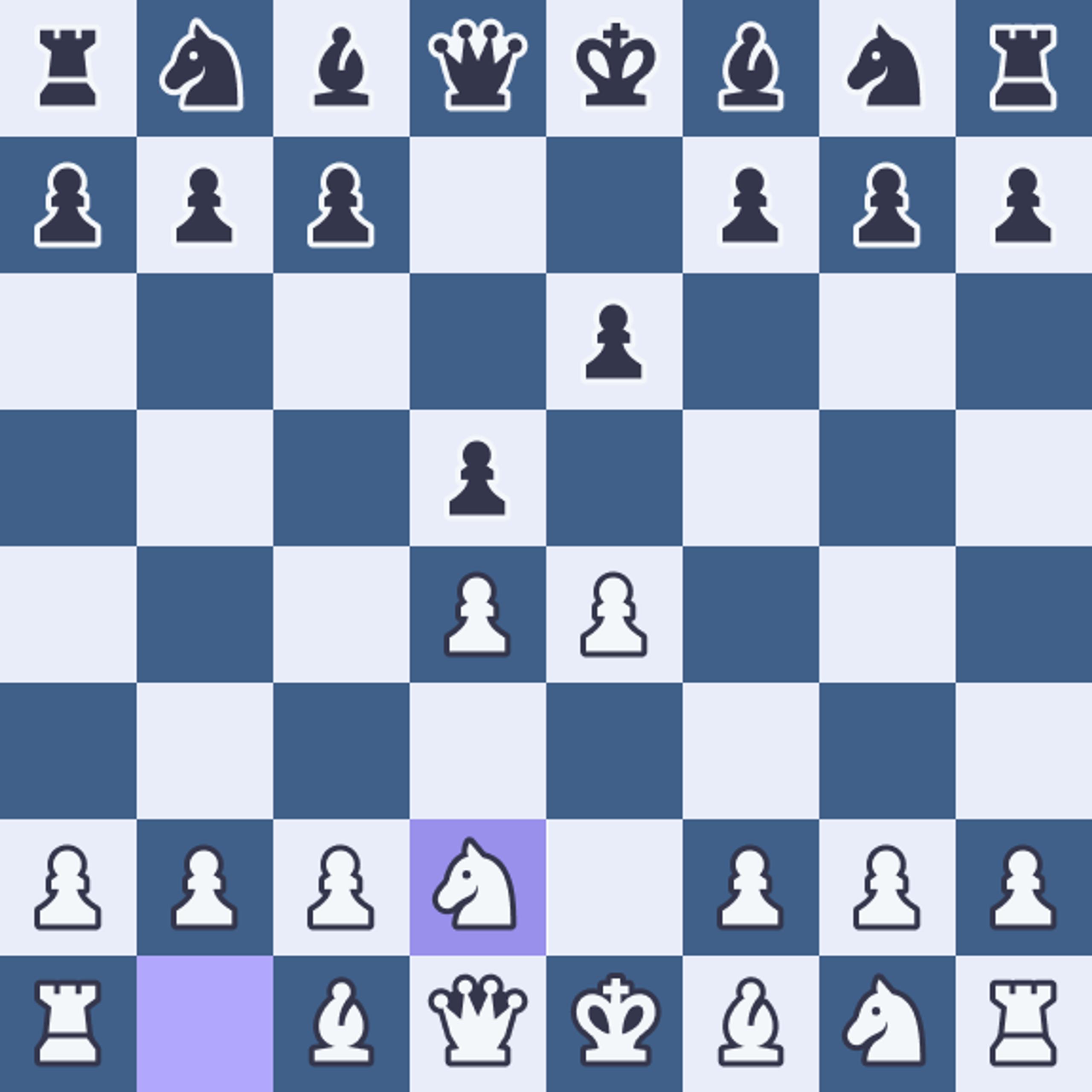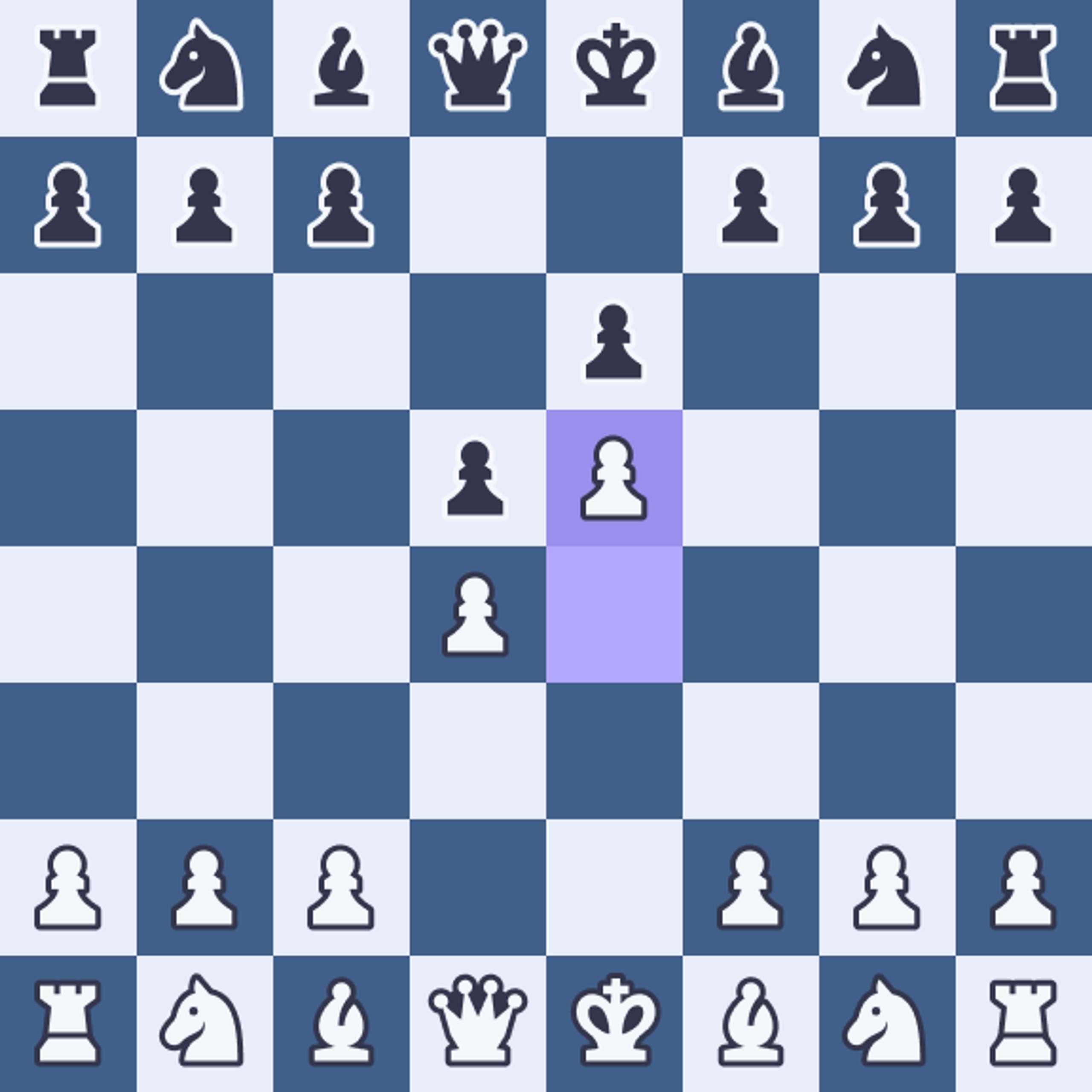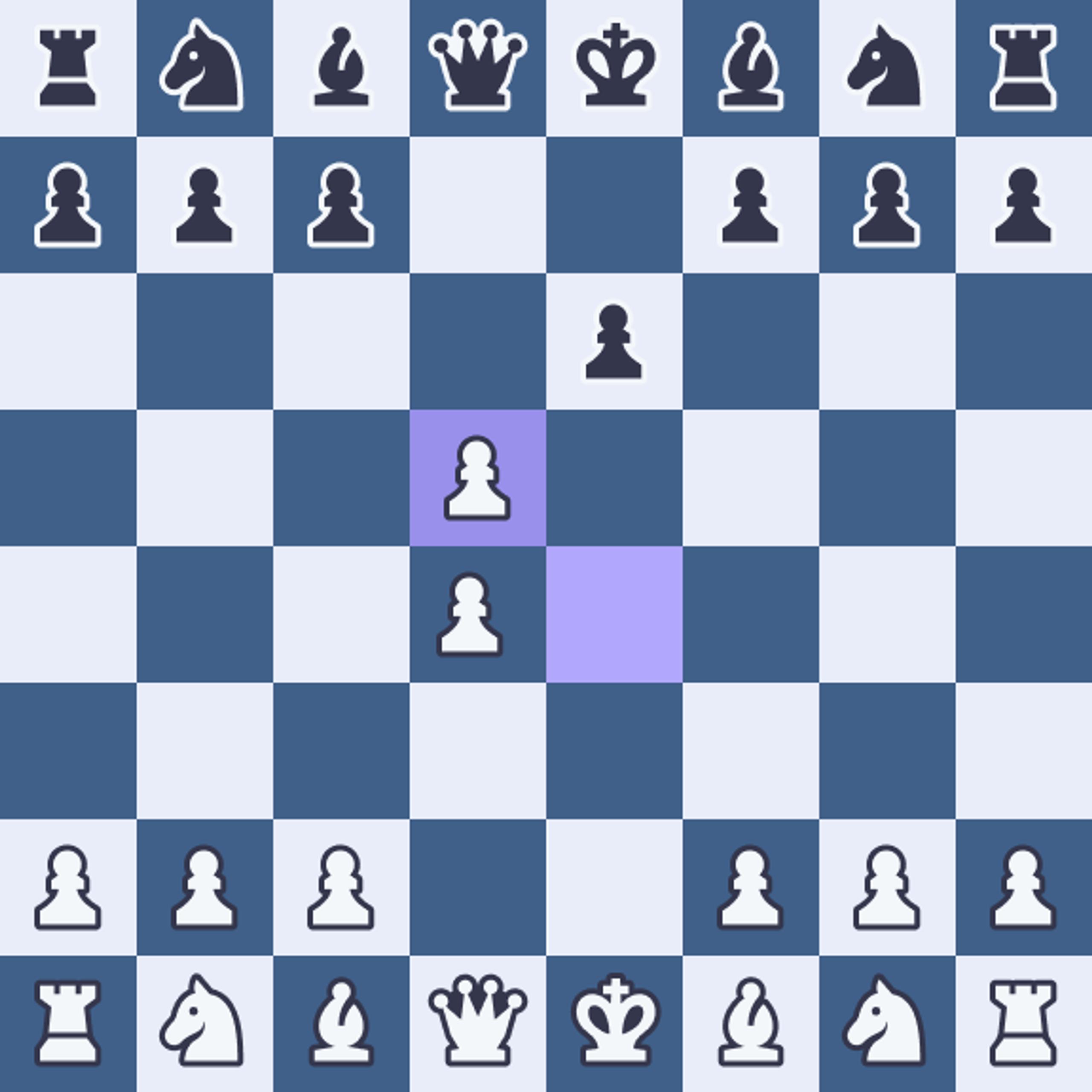French Defense – Master the Solid and Strategic Counterattack

Why Play the French Defense?
The French Defense is a time-tested and resilient response to 1.e4, beginning with: 1. e4 e6 2. d4 d5. Black immediately challenges White's central control, aiming for a solid pawn structure and long-term strategic play. This opening has been favored by legends like Mikhail Botvinnik, Tigran Petrosian, and Viktor Korchnoi, offering rich positional battles and counterattacking opportunities.
1.e4 e6 2.d4 d5
The French Defense is a solid and strategic defense that emphasizes counterattacking play and long-term positional advantages.
This opening has been played by world champions like Mikhail Botvinnik, Tigran Petrosian, and Viktor Korchnoi, showcasing its enduring appeal at the highest levels.
Key Strategic Ideas in the French Defense
For Black
- ✓Counterattack the center: Use moves like ...c5 and ...f6 to challenge White's pawn chain
- ✓Activate the light-squared bishop: Often a challenge due to the e6 pawn; consider plans like ...b6 and ...Ba6
- ✓Queenside play: Leverage the semi-open c-file and pawn breaks to generate counterplay
For White
- ✓Maintain central space: Support the e5 pawn and prepare for kingside activity
- ✓Watch for overextension: Be cautious of Black's counterattacks targeting the center
- ✓Develop harmoniously: Coordinate pieces to support central and flank operations
How to Train the French Defense with ChessLine
Memorizing dozens of lines is NOT the goal. With ChessLine, you can:
- ✓ Build a personalized French Defense repertoire tailored to your playing style and level
- ✓ Practice key ideas and moves using our integrated Move Trainer
- ✓ Explore AI-recommended lines that align with your typical positions
- ✓ Understand the rationale behind each move with guided strategy explanations
- ✓ Adapt your lines over time as you grow stronger and face diverse opponents
Main Variations of the French Defense
The French Defense offers a variety of strategic options:

Classical Variation: 3.Nc3 Nf6 leads to complex positions with balanced chances for both sides. Black develops naturally, preparing to challenge White's center.

Winawer Variation: 3.Nc3 Bb4 pins the knight, aiming to undermine White's center. Results in asymmetrical structures and dynamic play.

Tarrasch Variation: 3.Nd2 avoids the Winawer, aiming for a solid setup. Offers Black opportunities for counterplay with moves like ...c5 and ...Nf6.

Advance Variation: 3.e5 gains space, but Black targets the d4 pawn with ...c5 and ...Nc6. Leads to strategic battles over central control.

Exchange Variation: 3.exd5 exd5 simplifies the position, often leading to symmetrical structures. Requires precise play to create imbalances and winning chances.

Is the French Defense Right for You?
Thrive in positions that combine defensive solidity with dynamic counterattacking chances
Enjoy complex pawn structures and long-term planning
Are willing to study nuanced positions and be patient in building advantages
Seek an opening that offers resilience against aggressive opponents

Why This Opening Is a Top Choice
Solid foundation: Offers a robust defensive structure that effectively counters White's aggressive 1.e4
Strategic depth: Encourages rich positional understanding and planning
Counterattacking potential: Provides opportunities to challenge White's center and create imbalances
Enduring popularity: Trusted by champions and club players alike for its robustness
Common Mistakes in the French Defense
Neglecting development: Overemphasis on pawn moves can delay piece activity
Misplacing the light-squared bishop: Failing to find an active role for this piece can hinder coordination
Ignoring central tension: Premature exchanges or advances can create weaknesses
Ready to Master the French Defense?
Train smarter with ChessLine:
Build your personalized French Defense repertoire
Practice key ideas with our AI-powered Move Trainer
Understand your openings—not just memorize them
